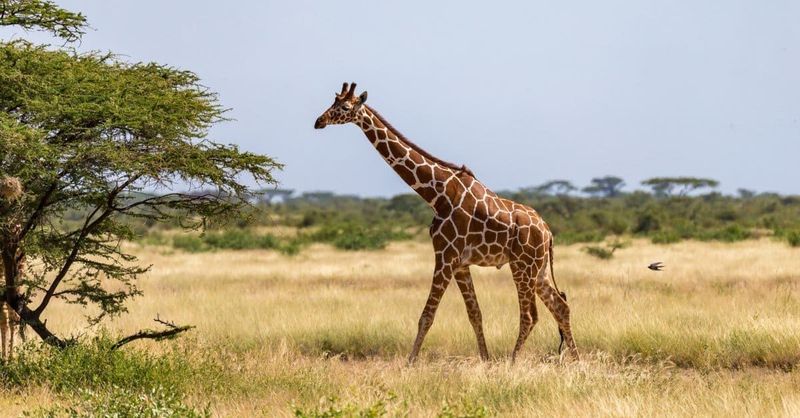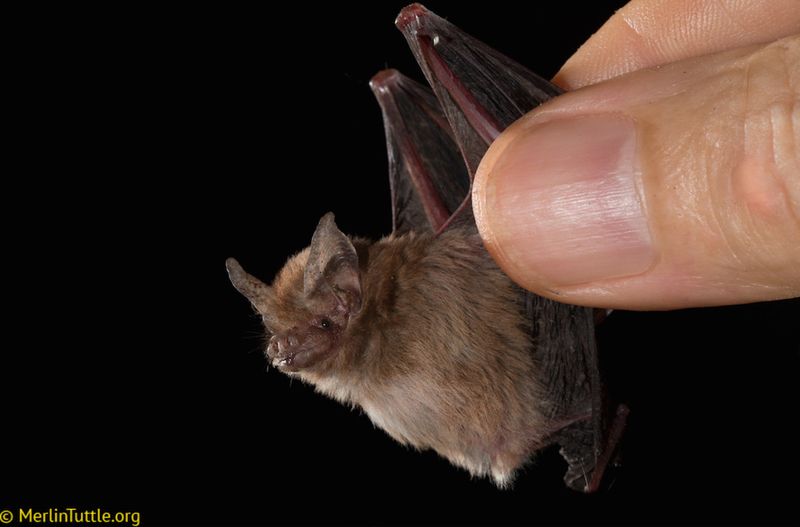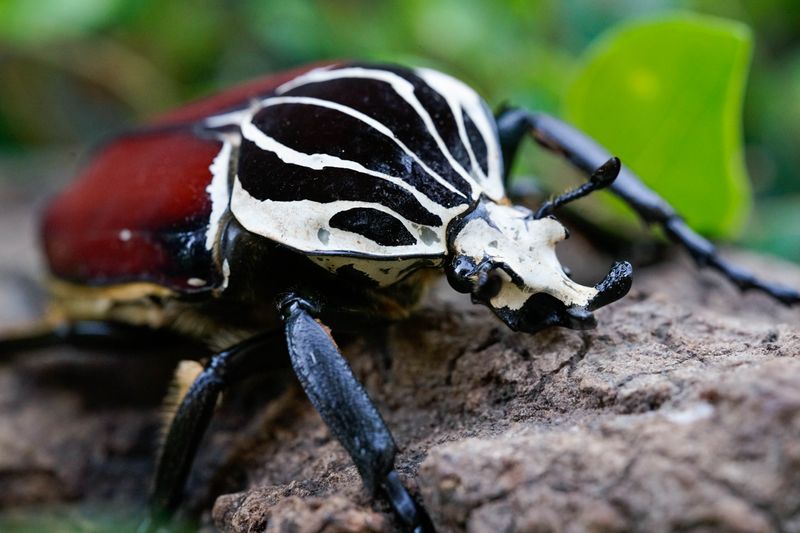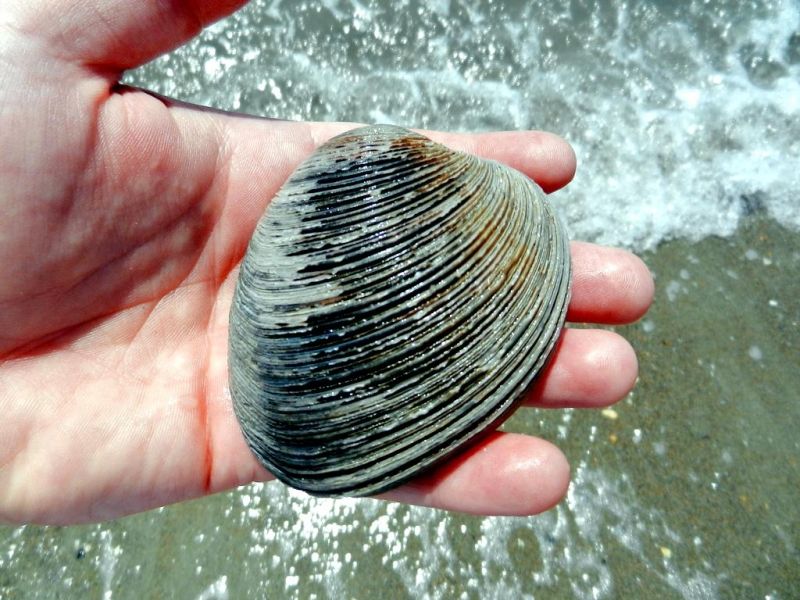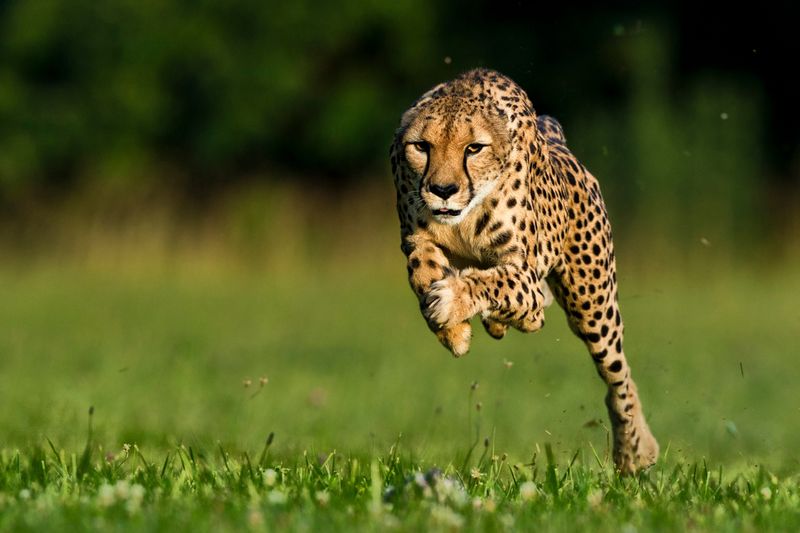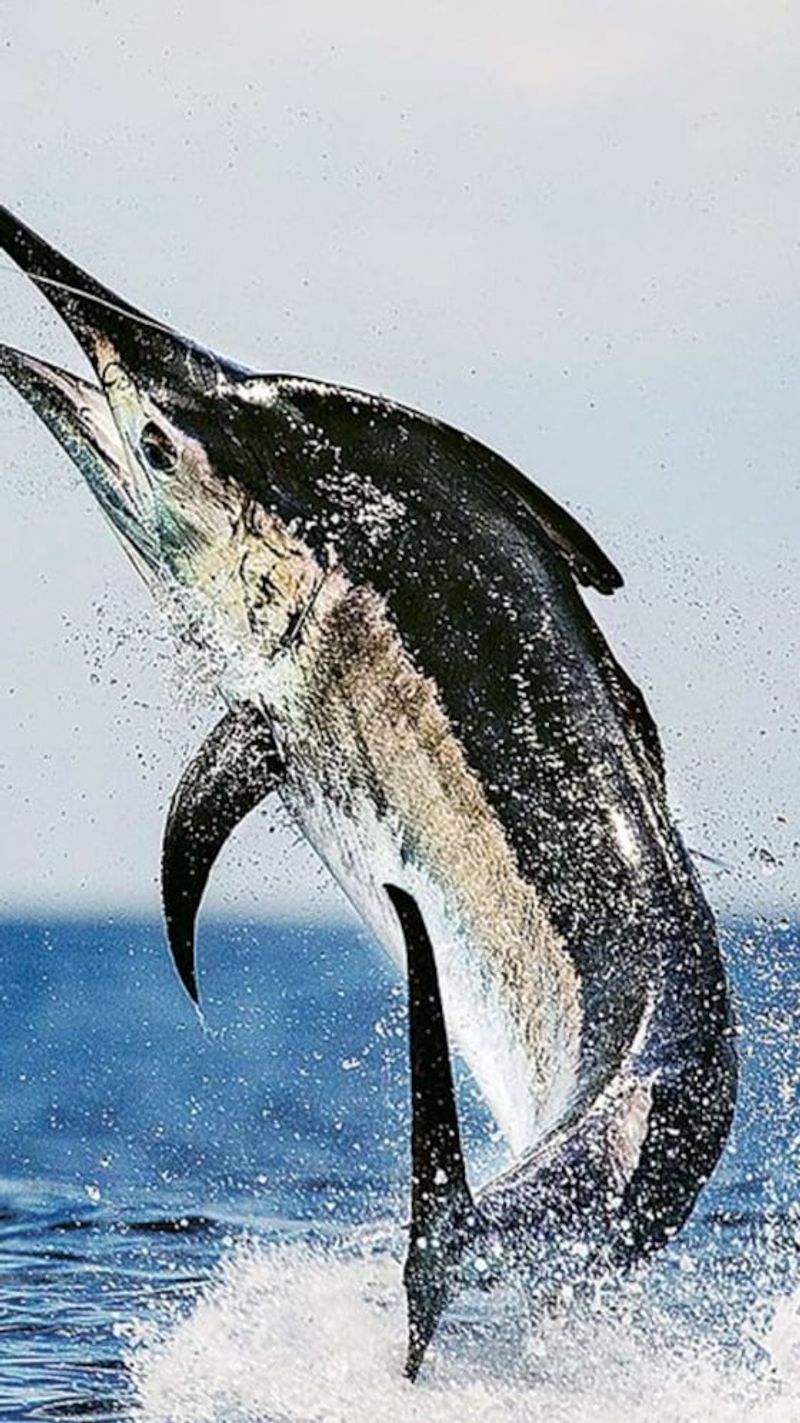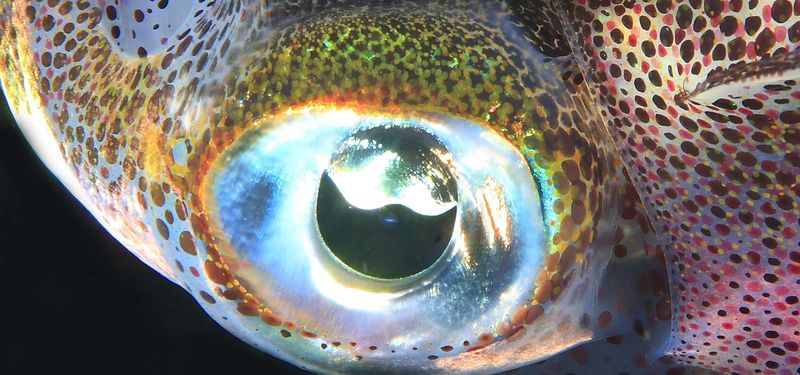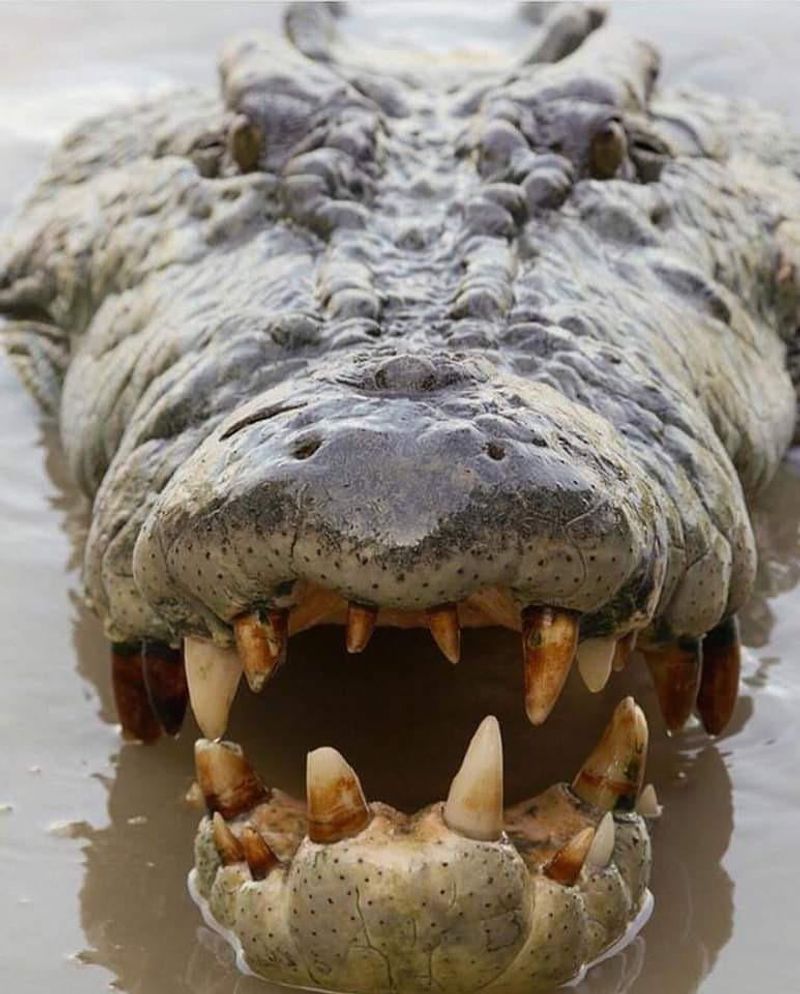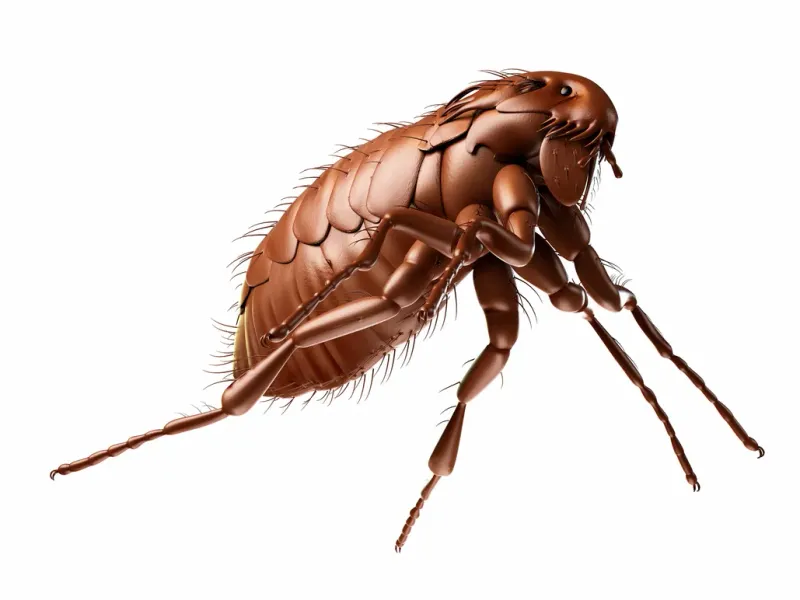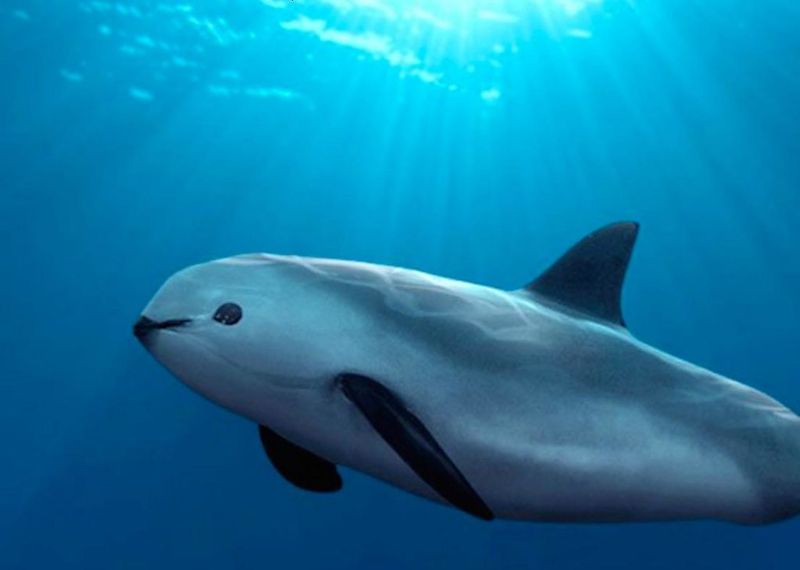Nature loves to break records—and animals are often the ones smashing the most unbelievable ones. From the fastest flier to the loudest screecher, these creatures are in a league of their own.
Largest Animal Ever – Blue Whale
The blue whale holds the record as the largest animal ever to exist. Imagine a creature spanning up to 100 feet (30 meters) long and weighing an astonishing 200 tons. Its heart alone is the size of a small car, beating steadily beneath the ocean’s surface. As it glides through the water, its sheer presence is breathtaking. The blue whale’s deep calls resonate through the seas, a song as powerful as its size. This gentle giant feeds primarily on tiny krill, a contrast to its massive stature. Truly, the blue whale is an oceanic marvel.
Tallest Animal – Giraffe
Towering over the animal kingdom, the giraffe is the tallest animal on Earth. Its neck alone can reach up to 6 feet (1.8 meters) long, contributing to a total height of over 18 feet (5.5 meters). This elegant herbivore uses its height advantage to nibble on the highest leaves in the trees. Imagine it strolling gracefully through the savannah, its long legs and neck swaying rhythmically. Despite their towering presence, giraffes are gentle creatures, their eyes reflecting a calm demeanor. Watching a giraffe is witnessing a dance of nature’s design.
Fastest Bird – Peregrine Falcon
The peregrine falcon holds the title of the fastest bird, reaching breathtaking speeds of over 240 mph (386 km/h) during its stoop or dive. Visualize this aerial predator plummeting towards its prey with unmatched precision. Its eyes, keen and focused, spot targets from great heights. The falcon’s streamlined body and pointed wings are perfect for agile flight, slicing through the air with ease. Known for its hunting prowess, the peregrine falcon is a symbol of speed and grace. Feel the thrill of its swift flight, a testament to avian mastery.
Smallest Mammal – Bumblebee Bat
Weighing just 2 grams, the bumblebee bat is the smallest mammal in existence. Found in the limestone caves of Thailand, this miniature marvel can comfortably sit on a fingertip. Despite its size, the bumblebee bat is an adept flyer, flitting through the air with remarkable agility. Its delicate wings and tiny body make it a wonder of evolution. In the dark, damp caves it calls home, the bumblebee bat thrives, feeding on small insects with precision. This diminutive creature is a testament to nature’s capacity for diversity.
Heaviest Insect – Goliath Beetle
Native to Africa, the Goliath beetle is the heaviest insect, weighing over 100 grams. Picture this armored titan lumbering across the forest floor, its shell gleaming in the sunlight. Despite its formidable appearance, the Goliath beetle is a gentle giant, feeding primarily on fruit and tree sap. Its powerful legs and strong claws make it an adept climber. Imagine holding this hefty insect, feeling the weight of nature’s engineering in your hand. The Goliath beetle is a marvel of insect evolution, a testament to the diversity of life on Earth.
Loudest Animal – Sperm Whale
The sperm whale is the loudest animal on the planet, producing clicks that reach volumes of over 230 decibels. These sounds are powerful enough to rupture a human eardrum, a testament to the whale’s acoustic abilities. Imagine these underwater giants communicating across vast oceanic distances, their clicks resonating through the depths. The sperm whale’s massive head houses an organ called the spermaceti, crucial for sound production. This majestic creature is a marvel of marine adaptation, using sound as its primary tool for navigation and communication in the dark ocean.
Longest Migration – Arctic Tern
The Arctic tern holds the record for the longest migration of any animal, traveling approximately 44,000 miles (71,000 km) each year. Picture this tireless traveler making its way from the Arctic to the Antarctic and back, following the summer sun. With elegant, slender wings and a forked tail, the Arctic tern soars through vast skies, navigating with an innate sense of direction. This incredible journey across hemispheres is a testament to the tern’s endurance and adaptability. Witness the Arctic tern’s epic voyage, a marvel of avian resilience.
Longest Living Animal – Ocean Quahog Clam
The ocean quahog clam is the longest living animal known, with one specimen, named Ming, found to be 507 years old. Imagine the secrets of centuries locked within its shell, a timeline of oceanic history. These clams live in the frigid waters of the North Atlantic, their slow growth contributing to their longevity. As filter feeders, they play a vital role in the marine ecosystem. Picture the ocean quahog clam, a living relic of time, witnessing the ebb and flow of oceanic currents. It is a true testament to endurance.
Fastest Land Animal – Cheetah
The cheetah, known as the fastest land animal, can reach astonishing speeds of up to 75 mph (120 km/h) in short bursts. Imagine this elegant predator going from 0 to 60 mph faster than most sports cars. Its slender, aerodynamic body and long legs are crafted for speed, making it the ultimate hunter. Picture it darting across the African plains, its eyes locked on prey. Yet, this speedster relies on stealth and surprise more than endurance. Its heart pounds with each stride, a marvel of evolution built for one purpose: to outrun. Admire the cheetah, nature’s fastest.
Fastest Marine Animal – Black Marlin
The black marlin is the fastest marine animal, capable of swimming at speeds up to 82 mph (132 km/h). Visualize this swift predator slicing through the ocean, its pointed bill and streamlined body reducing drag. Unlike its terrestrial counterparts, the black marlin’s speed is sustained over longer distances, a true marvel of marine adaptation. Its powerful tail propels it forward with remarkable force. In the hunt for prey, the black marlin’s speed ensures it stays at the top of the food chain. This aquatic sprinter is a testament to oceanic grace.
Biggest Eyes – Colossal Squid
Possessing the biggest eyes in the animal kingdom, the colossal squid’s eyes measure up to 11 inches (27 cm) in diameter. Imagine an eye as large as a dinner plate, adapted to detect faint light in the dark ocean depths. These enormous eyes allow the squid to spot prey and predators alike in the abyssal zone. The colossal squid’s eyes are a wonder of evolution, perfectly tailored for life in the deep sea. Visualize the squid navigating the murky waters with its keen vision, a guardian of the ocean’s mysteries.
Most Venomous Animal – Box Jellyfish
The box jellyfish is considered the most venomous animal, with a sting potent enough to cause cardiac arrest in humans. Imagine its transparent, almost invisible body lurking beneath the ocean’s surface, an elegant yet deadly presence. Its tentacles, equipped with thousands of venomous cells, deliver a painful sting. Despite its reputation, the box jellyfish is a vital part of the marine ecosystem. Picture the delicate dance of its translucent form in the water, a paradox of beauty and danger. The box jellyfish is nature’s duality in its purest form.
Strongest Bite – Saltwater Crocodile
With a bite force of 3,700 psi, the saltwater crocodile holds the record for the strongest bite in the animal kingdom. Imagine this ancient predator lurking in the murky waters, its eyes just above the surface. Its jaws, lined with sharp teeth, are capable of crushing bones with ease. The saltwater crocodile’s bite is a testament to its role as a top predator, a relic of prehistoric times. Despite its fearsome reputation, this crocodile plays a crucial role in its ecosystem. Witness the power of evolution in the saltwater crocodile’s mighty jaws.
Best Jumper – Flea
The flea is the best jumper relative to its size, able to leap 200 times its body length. Imagine a human jumping over a skyscraper to grasp the scale of this tiny acrobat’s feat. Fleas use powerful legs and a unique protein called resilin to achieve these staggering jumps. This incredible ability allows them to move swiftly between hosts, a survival strategy honed over millennia. Picture these minute jumpers in action, a spectacle of nature’s ingenuity. The flea’s jump is a marvel of biomechanical engineering, a testament to evolutionary adaptation.
Most Endangered – Vaquita
The vaquita, a tiny porpoise, is the most endangered marine mammal, with fewer than 10 individuals remaining in the wild. Imagine the gentle eyes of this elusive creature as it swims through the Gulf of California, its fate uncertain. The vaquita’s plight is a poignant reminder of human impact on nature. Efforts to save this species are urgent, a race against time to prevent extinction. Picture the vaquita, a symbol of conservation challenges, navigating its threatened habitat. The vaquita’s survival story highlights the fragility of marine ecosystems.
Longest Tongue Relative to Body – Chameleon
The chameleon boasts the longest tongue relative to its body, capable of stretching twice its length. Picture this colorful reptile in a tree, its eyes moving independently as it targets an unsuspecting insect. In a flash, the chameleon’s tongue whips out, capturing prey with precision. This remarkable adaptation allows it to hunt effectively in its arboreal habitat. The chameleon’s ability to change color adds to its allure, a master of disguise and hunting. Visualize this vibrant creature in action, a testament to the diversity of life in the animal kingdom.
Most Prolific Breeder – Ocean Sunfish
The ocean sunfish is the most prolific breeder, with a single female capable of laying up to 300 million eggs at once. Imagine the vast potential of life contained within one creature’s reproductive cycle. This giant, often spotted basking in the sunlit surface waters, is a gentle giant of the ocean. Despite its size, the ocean sunfish is harmless, gliding gracefully through its marine environment. The sunfish’s prolific breeding is a testament to the abundance of life in the ocean. Visualize this extraordinary fish, a symbol of nature’s fecundity.


